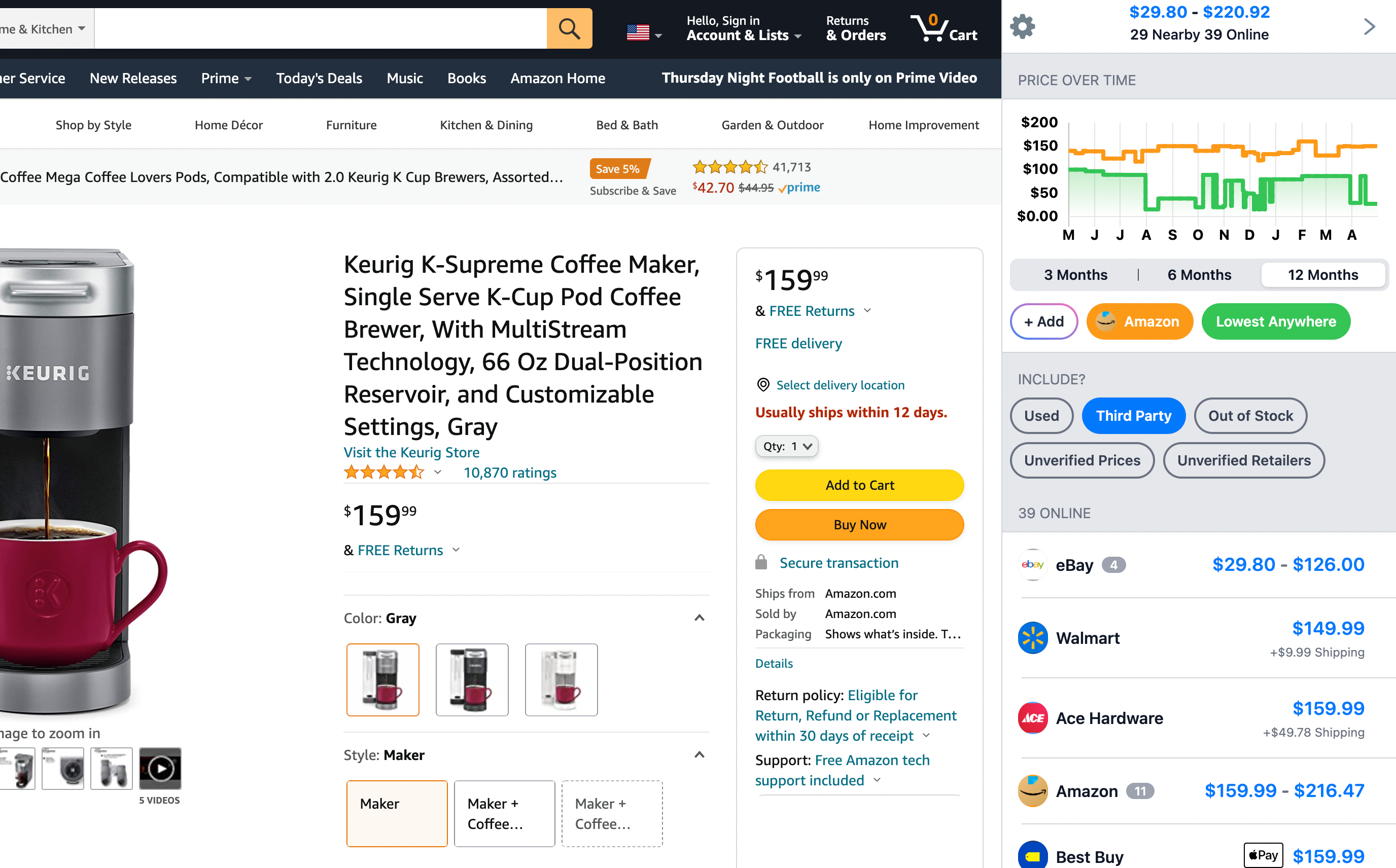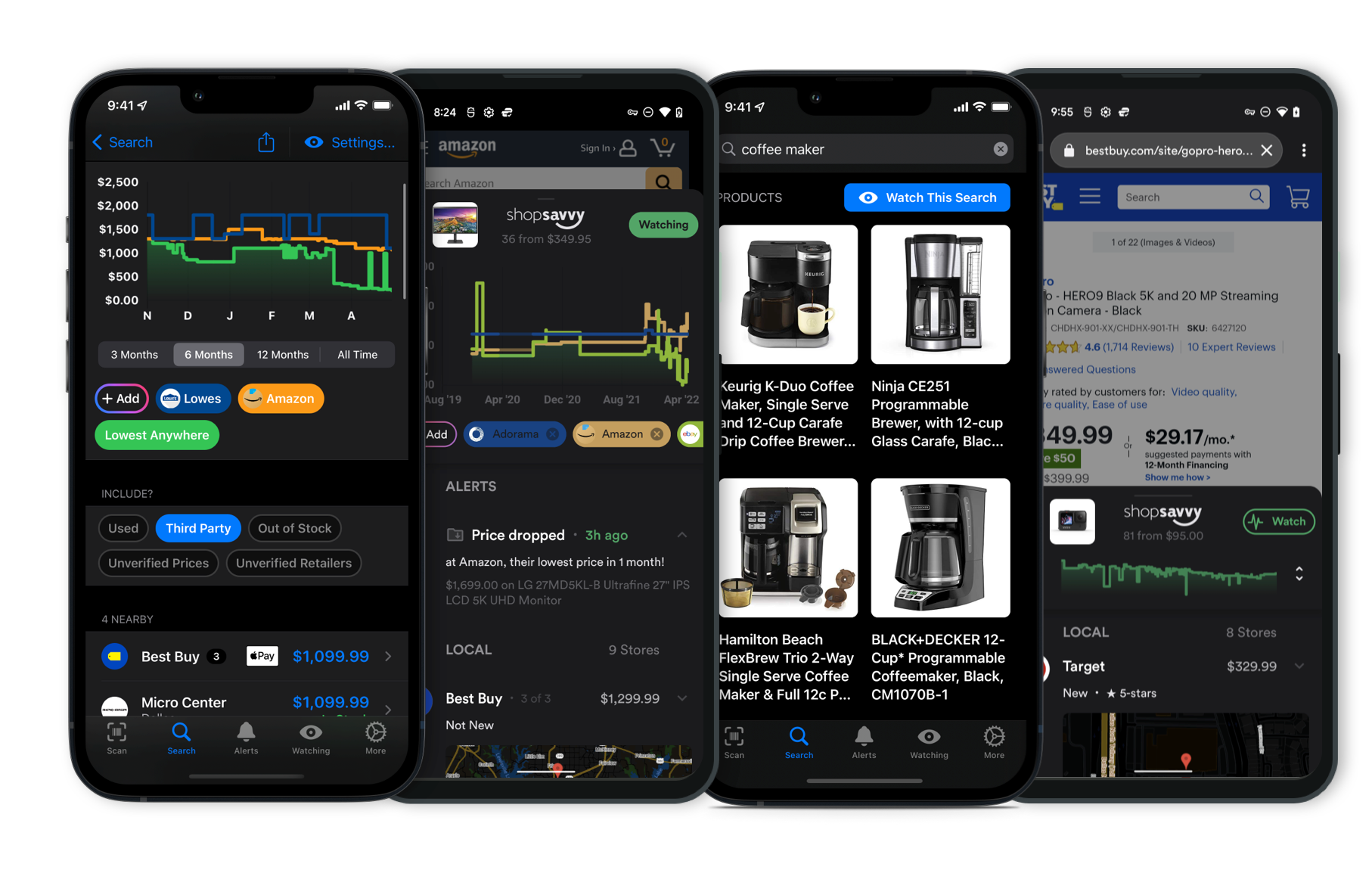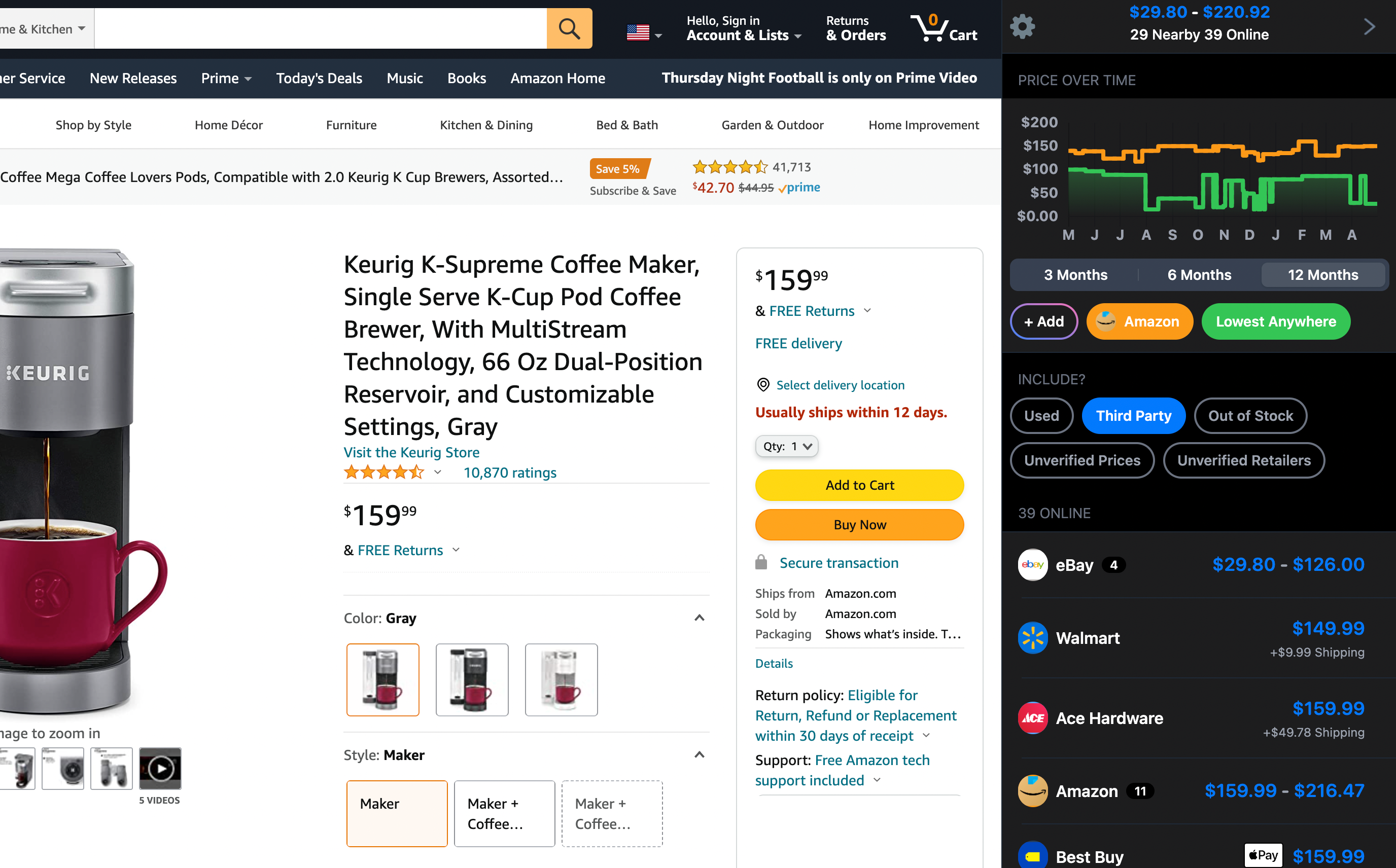
So, you're wondering how loud the GE Profile Opal 2.0 ice maker is, huh?
Based on what we've found, the noise it makes is similar to what you might hear from your fridge or dishwasher. People who've used it often mention it sounds like a low hum or a soft mechanical noise, especially while it's making ice.
The manufacturer doesn't give a specific decibel number, but it's generally seen as quieter than a lot of traditional ice makers. If you're comparing, imagine it being much quieter than something like a blender or a hairdryer.
Some folks do notice the noise more in quieter settings—like at night or in a really peaceful room—but for most, it’s just kind of background noise during the day.
If you're worried about it being too loud, where you put it might make a difference. Keeping it on a flat, stable surface can help cut down on vibrations and noise. A concrete countertop might do a better job at minimizing sound than a wooden one.
Also, keeping up with regular cleaning, as the manufacturer suggests, can help it run smoothly and possibly quieter. If noise is a big deal in your space, maybe try placing it in a pantry or a part of the kitchen that's a bit off the main area.
Just a few things to think about when deciding where to set it up!
Where to Buy
Considering the GE Profile Opal 2.0 Ice Maker?
Here's our "TLDR" Review
 Download ShopSavvy App
Download ShopSavvy AppCompare prices for anything in real-time, set price alerts, watch for deals by keyword, and much more
 Install ShopSavvy Browser Extension
Install ShopSavvy Browser ExtensionCompare and track prices automatically while you shop online at thousands of websites.
More Answers
If you're still curious about the GE Profile Opal 2.0 Ice Maker, here are some other answers you might find interesting:
The GE Profile Opal 2.0 Ice Maker is designed to make that nugget-style ice, which is great for chilling drinks or even for a quick ice snack. It can produce quite a bit of ice—up to 38 pounds a day, roughly 1.6 pounds every hour—so it's a good fit whether you're just using it at home or having some friends over.
About the water, the manufacturer's description doesn't specifically say you need to use distilled water. However, using distilled water can be a smart move, particularly if you live in an area with hard water. Our research suggests that it might help reduce maintenance, make the machine run smoother, and extend its life by cutting down on scale buildup.
The ice maker gets going really quickly—about 10 minutes after you turn it on. Although at first, it might make smaller amounts of ice until it really gets going. It's nice that it's quieter compared to some older models, which is a nice bonus.
There's also this handy Wi-Fi feature, where you can connect it to the SmartHQ app. This lets you monitor and schedule things remotely, which some folks really appreciate.
But heads up, if you’re not super tech-savvy, you might find the app setup a bit tricky, as noted in our research.
Keeping the ice maker clean is key, especially if you have hard water. Regular cleaning prevents scale buildup and keeps everything working smoothly. Also, some people have mentioned an “Add Water” alert that can be a bit overly sensitive, even when there seems to be enough water in the reservoir. Staying on top of it with regular checks usually helps keep it running well.
So, if you're okay with doing some regular cleaning and like the idea of always having fresh ice on hand, the GE Profile Opal 2.0 might just be a great pick for you.
So, you're wondering how loud the GE Profile Opal 2.0 ice maker is, huh?
Based on what we've found, the noise it makes is similar to what you might hear from your fridge or dishwasher. People who've used it often mention it sounds like a low hum or a soft mechanical noise, especially while it's making ice.
The manufacturer doesn't give a specific decibel number, but it's generally seen as quieter than a lot of traditional ice makers. If you're comparing, imagine it being much quieter than something like a blender or a hairdryer.
Some folks do notice the noise more in quieter settings—like at night or in a really peaceful room—but for most, it’s just kind of background noise during the day.
If you're worried about it being too loud, where you put it might make a difference. Keeping it on a flat, stable surface can help cut down on vibrations and noise. A concrete countertop might do a better job at minimizing sound than a wooden one.
Also, keeping up with regular cleaning, as the manufacturer suggests, can help it run smoothly and possibly quieter. If noise is a big deal in your space, maybe try placing it in a pantry or a part of the kitchen that's a bit off the main area.
Just a few things to think about when deciding where to set it up!
If you're checking out the GE Profile Opal 2.0 and want to know how much ice it can make, it can produce up to 38 pounds of nugget ice in a day, according to the manufacturer. It starts making ice pretty quickly too, usually within about ten minutes.
As for maintenance, there are a few things to keep in mind. Our research shows that while many folks are really happy with how it performs, they’ve noticed it can be a bit noisy and might need a good amount of upkeep. Some have mentioned hearing occasional squeaky noises and suggest regular cleaning to avoid scaling and any mold issues.
Using distilled water seems to help cut down on scale buildup, which can make cleaning simpler. The cleaning process itself involves running several cycles with specific cleaning solutions, which might feel a bit tedious, but it's worth it to keep things running smoothly.
Noise levels are kind of subjective, but generally, it's thought to be quieter than older versions. You might still hear a light hum or some noise during ice production, so that's something to consider if you're especially sensitive to sound.
So if you're a big fan of nugget ice, the Opal 2.0's consistent production might just make those small nuisances feel minor. Plus, it connects with the SmartHQ app for some added convenience.
If having readily available soft, chewable ice sounds appealing, this model could be a nice fit for your home.
Explore Content
Footer 1
Published
Subscribe for Updates
Get the latest news, and updates on ShopSavvy. You'll be glad you did!







